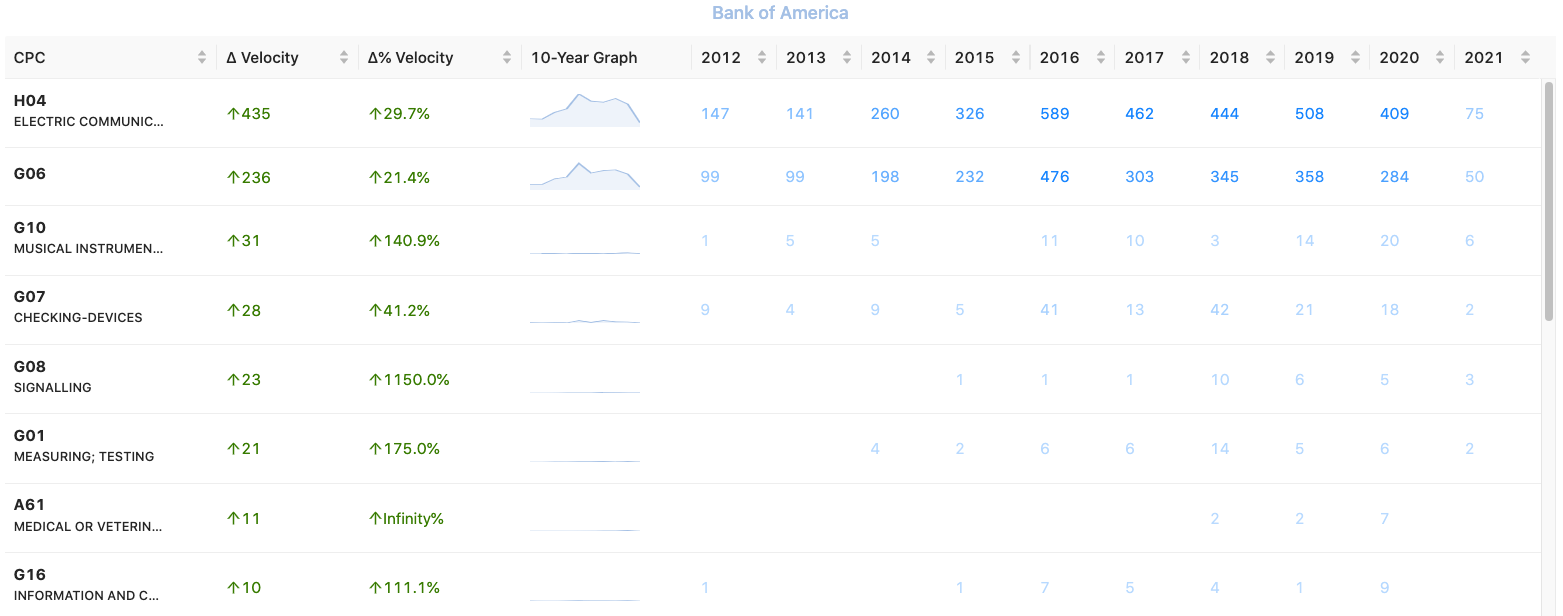As part of the efforts of Unified Edge, Korok Ray, an Associate Professor at the Mays Business School of Texas A&M University and Research Director of the Mays Innovation Research Center, published a paper on the economic impact of codifying “Fintiv”. Read the abstract below and follow the link to download the paper.
Abstract
The term “Fintiv” refers to a threshold, procedural set of factors the Patent Trial and Appeal Board (PTAB) of the U.S. Patent and Trademark Office (USPTO) currently uses to decide which patents will be reviewed by the PTAB. Based on the Apple v. Fintiv case, the Fintiv factors refer to the PTAB’s ability to launch a review of a patent that is also at issue in a parallel infringement case in a different forum (e.g., federal court or the U.S. International Trade Commission). Under Fintiv, the PTAB can elect not to conduct an inter partes review (IPR) or post-grant review (PGR) of the patent, thereby deferring to the district courts to handle validity of the patent(s)-at-issue instead. Currently, the PTAB is considering whether to make Fintiv permanent. This paper argues and shows that making Fintiv permanent could generate a direct economic cost of at least $283 million. Based on the data used, as explained further below, and because it is difficult to quantify the indirect costs, this estimate is likely an underestimate of the rule’s true economic cost.








